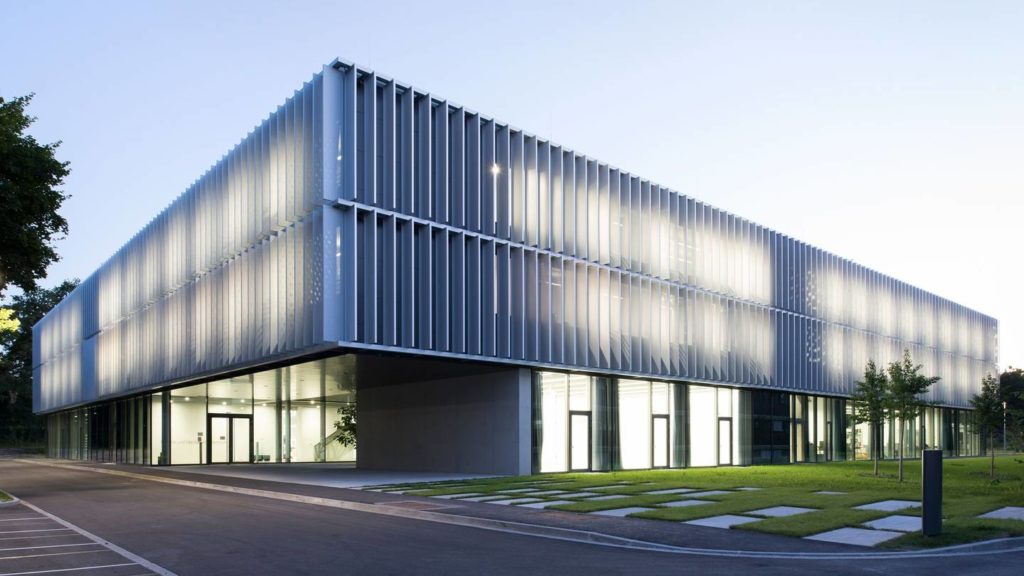
Autonomous Learning Robot Lab
“Learning as the core principle in autonomous systems which operate in complex and changing environments.”
The Robotics and Mechatronics Center (RMC) is DLR’s competence center for research and development in the areas of robotics, mechatronics and optical systems. Mechatronics is the closest integration of mechanics, electronics and information technology for the realization of “intelligent mechanisms” which interact with their environment.
The core competence of RMC is the interdisciplinary design, computer-aided optimization and simulation, as well as implementation of complex mechatronic systems and human-machine interfaces.
In the robotics community, the RMC is considered as one of the world leading institutions.


